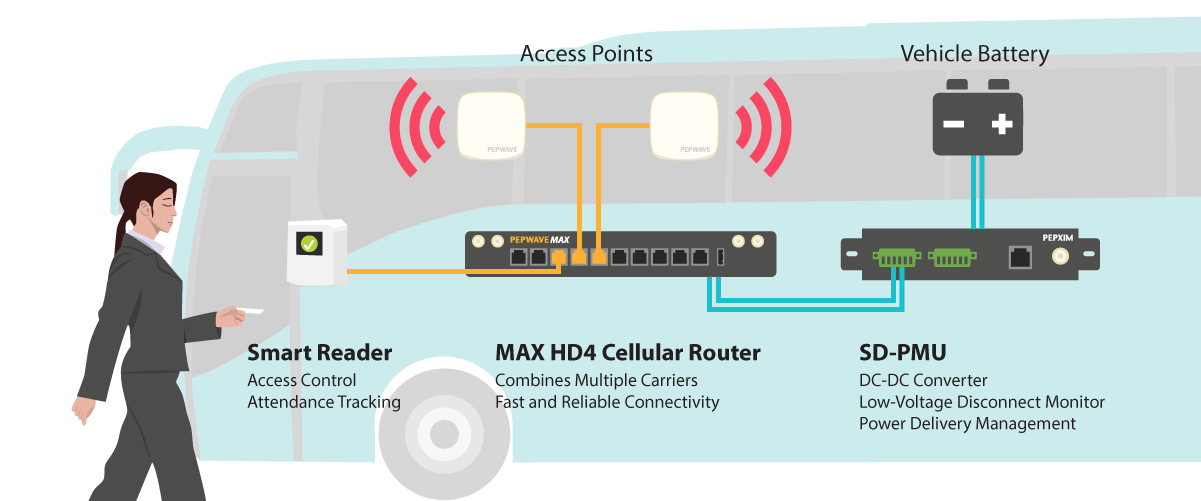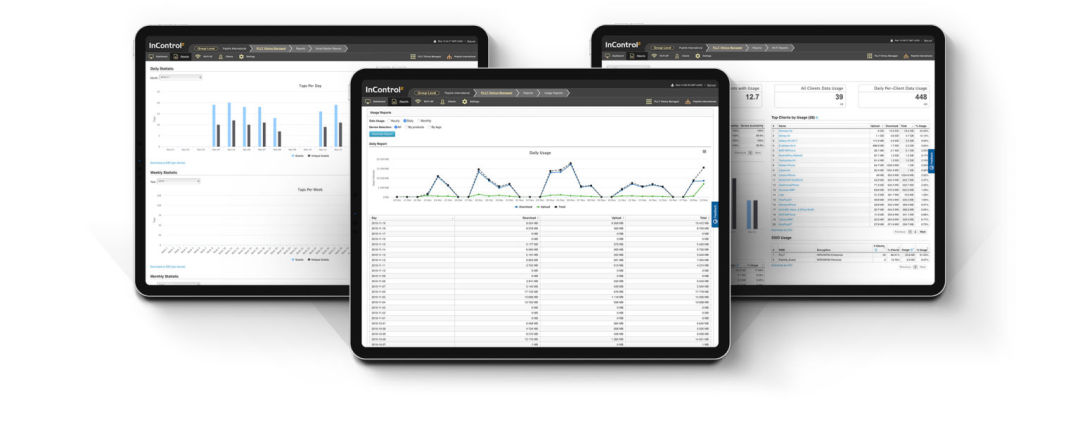Unbreakable Connectivity
Failover offered in existing technologies will transfer sessions to another connection, but will not prevent the session from breaking when one WAN connection fails. This results in some interruptions or downtime.
In the event of a WAN disconnection, Hot Failover will transfer your traffic to another connection while maintaining session persistence. This seamless transition means that you won’t experience interruptions in your activities.
Bandwidth Bonding
Bandwidth bonding combines data at the packet level, enabling you to combine the speed of multiple connections. This is useful for situations where bandwidth is scarce, such as at a remote site or in a moving vehicle. This technology also enables branch offices to connect to the head office at greater connection speeds.

